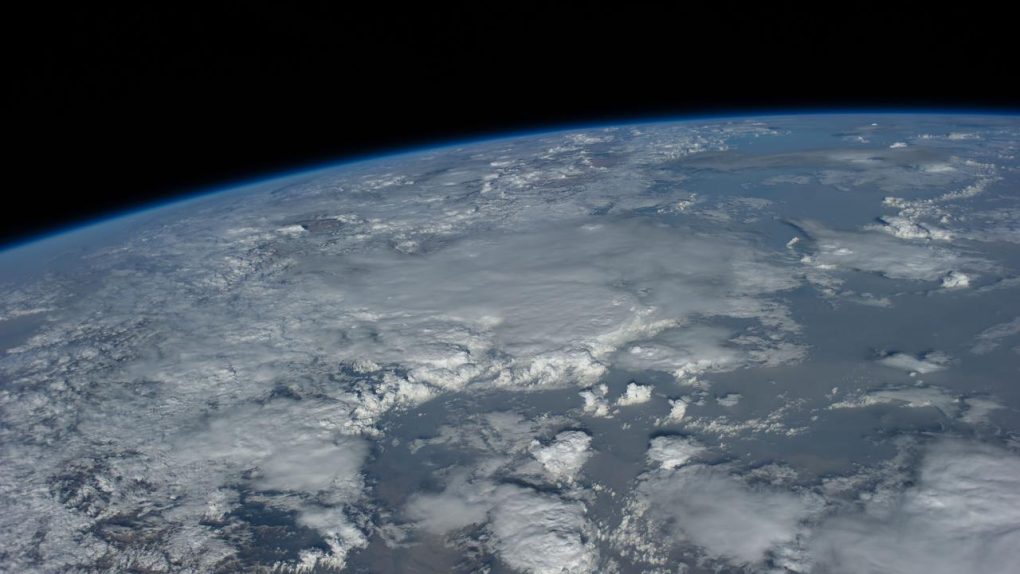The International Space Station is by far the most successful of all attempted space stations in history. It’s been continually manned for many years and while it’s no longer the most technologically advanced piece of hardware, it has seen regular updates and add-ons during its two decades of service. It hosts scientists from all over the world, including the US, Russia, Japan, and Europe, but China is banned. This is a decision that was made many years ago at the behest of NASA, and the United States has remained firm in its desire to prevent Chinese astronauts from visiting the ISS.
China, for its part, has been making some impressive strides in its own space exploration endeavors. It recently sent multiple missions to the Moon, became the first country to perform a soft landing on the Moon’s far side, and even sent a mission to Mars at the same time NASA’s Perseverance rover was making the trip. Now, in a move that should surprise nobody, China is poised to launch a space station of its own, and it’s expected to begin the delicate process of sending modules into space this week.
As AP reports, China’s “Heavenly Harmony” module will be the first component of the space station to be launched into orbit. It is scheduled to make its way to space as early as Thursday evening, though that timeline could shift based on a variety of factors. The module is just one small step toward the initial configuration of the space station. A total of 11 missions will be needed before the space station is ready to take on its first crew of space travelers. The space station will be capable of supporting up to three people at a time, at least at first. As the country builds out new modules and adds on to the spacecraft over time, more room could mean a greater occupancy limit.
The country currently expects that the space station will be completed by the end of 2022, at which point it will be capable of supporting its trio of crew members as they conduct various scientific experiments and, well, do whatever else they need to do in space. At the moment, at least a dozen astronauts are reportedly in training and will serve as part of the initial crews that call the space station home.
You might remember China’s previous space station trials, Tiangong-1 and Tiangong-2. Both of those spacecraft eventually fell out of orbit and were destroyed in Earth’s atmosphere, but the lessons China learned along the way have helped pave the way for this new, permanent space station. We’ll see how things progress and whether China can meet its stated goal of having the station ready for the crew by the end of next year.








